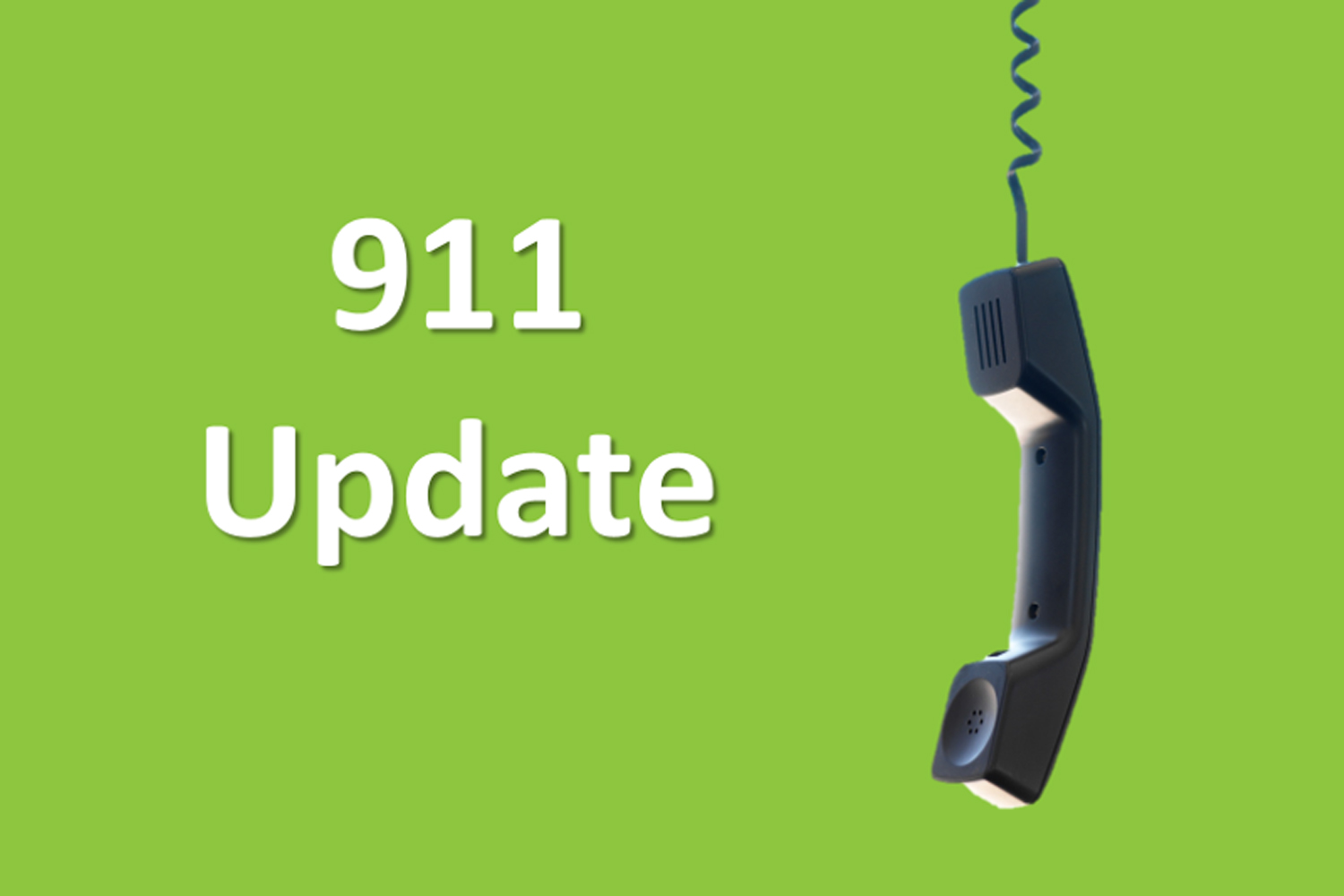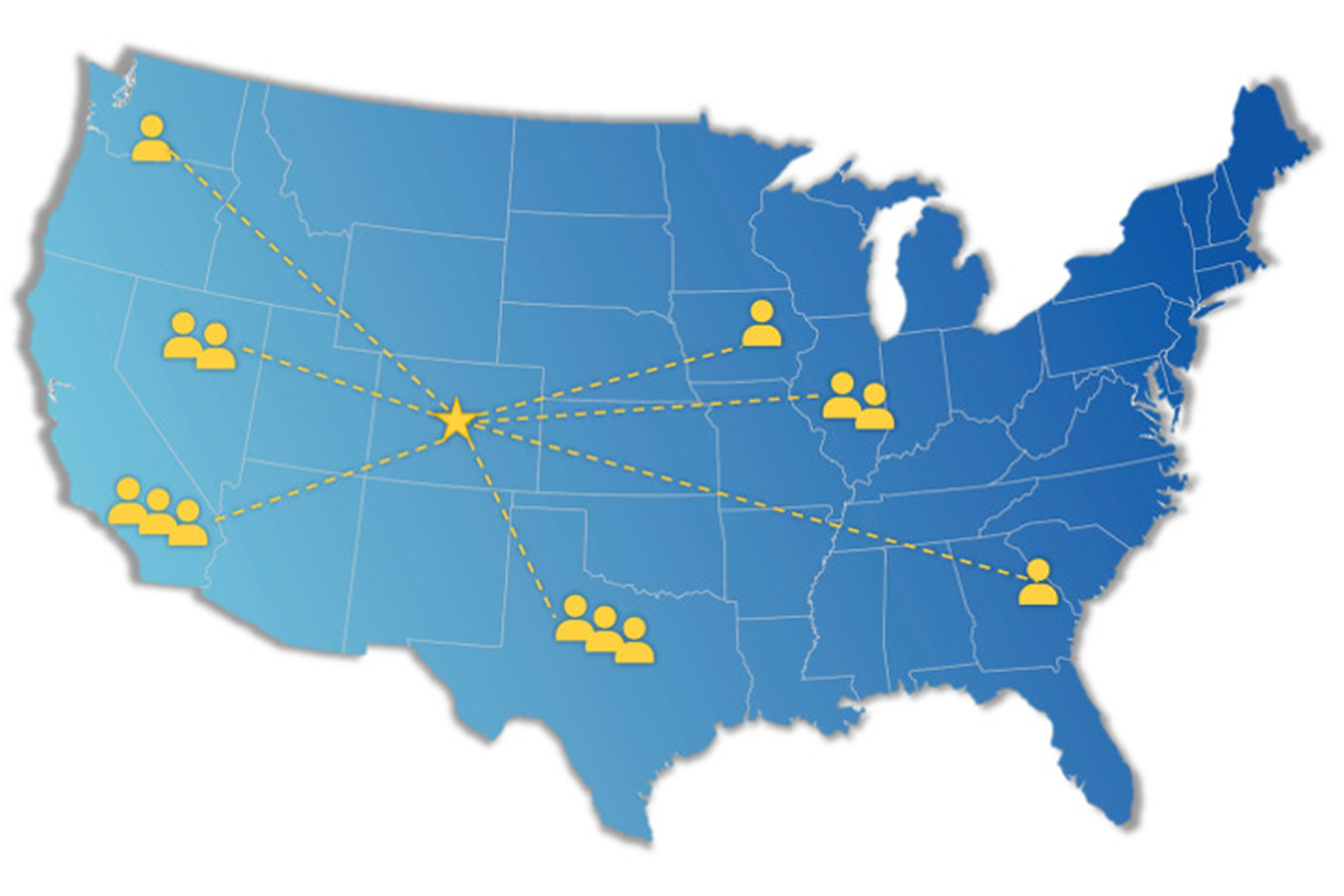Understanding the 2019 Changes to the 911 Policy

Meet the Author, Martha Buyer! Martha is an attorney whose practice is largely limited to the practice of communications technology law. She also provides a wide range of communications technology consulting and legal services, primarily geared to support corporate end-users’ work with carriers and equipment and service providers. To learn more about Martha, and how she can help you, visit her website at http://www.marthabuyer.com/.
As we mentioned in our last update on 911, most people don’t give much thought to 911 policy. They just assume it will work in the unlikely event that an employee, contractor or guest has an emergency. But like all things that look easy, managing 911 information is complex. The phone system, whether it’s an in-house run MLTS, Centrex, PBX or hybrid, has to work and must provide accurate information to the person on the other end of the call so that those who can help can be dispatched in the least amount of time. The good news is that the policy decisions that have driven enhanced 911 capabilities forward have involved many parties, from first responders to communications technology companies to civilians.
At the FCC’s August meeting, it took important steps with respect to both Kari’s Law and Section 506 of RAY BAUM’s act regarding specific notification requirements for access to 911 services. While Kari’s Law applies only to multi-line telephone systems (MLTS), Section 506 of RAY BAUM’s Act is not limited to MLTS, but includes fixed telephone, interconnected VoIP, TRS and mobile texting services as well. What do these changes mean for end users? Time for my favorite lawyer answer: “it depends.”
A Few Key Definitions
The FCC has defined “MLTS” to include “the full range of networked communications systems that serve enterprises, including circuit-switched and IP-based enterprise systems, as well as cloud-based IP technology and over-the-top applications.” (https://docs.fcc.gov/public/attachments/FCC-18-132A1.txt)
“Covered entities” are defined as any “person engaged in the business of manufacturing, importing, selling, or leasing” an MLTS.” Essentially, such entities may not manufacture or provide (through sale, lease or otherwise) any MLTS system unless that system is preconfigured so that any user can reach 911 without having to dial an extra digit.
A “preconfigured” system means that such equipment must be delivered with the necessary hardware and software capable of supporting such direct dial access to 911.
Kari’s Law also requires that anyone who installs, manages or operates an MLTS must be certain that new systems that are installed must be configured to allow direct dialing of 911. This applies not only to the provider of the equipment, but to any third party that might manage said equipment.
The FCC provides additional guidance that the phrase “MLTS” covers the full range of enterprise communications systems, including legacy TDM MLTS, hybrid MLTS and IP MLTS systems and software as well as all endpoints supported by MLTS including mobile and smart devices, softphone clients, over the top applications and outbound only calling services. The only systems that are PURELY for internal use and do not connect to the PSTN are exempt, as are individual components of said purely private system.
Notification Requirements
Kari’s Law also lays out specific provisions, the type of notifications that must be made when a call to 911 is made from behind an MLTS. At a minimum, mandatory notification must be made to the central location identified within the MLTS. Generally, this means either the security office or a front desk.
Information that must be included is that a call to 911 has been made, the provision of a valid callback number, and information about the caller’s location that the caller conveys information to the Public Safety Access Point (PSAP) about the location of the caller. There is lots of jousting on this particular topic between rival vendors with respect to exactly how precise that information needs to be, and whether the location information is meaningful, but that comes down to a business decision. Just be aware that different vendors have different solutions to this problem.
Terms
Entities for whom these rules apply must be compliant by 2/16/2020. MLTS that were manufactured prior to that date are exempted and need not, under Kari’s Law, be compliant. If a new MLTS is not compliant, the system manager will be presumed to be at least partially liable for the compliance failure.
However, and this is a big however, it certainly would not play well to a jury if an enterprise with an existing MLTS chose not to be compliant when public safety is at stake. Kari’s Law may not require compliance, but an MLTS administrator or manager or vendor would be ill-advised to ignore the compliance date. The issue then becomes one of potential negligence. As with all things legal, the devil is in the details.
RAY BAUM’S Act
More than anything else, RAY BAUM’s Act attempts to tackle the issue of what constitutes a “dispatchable location.” This piece of legislation also takes a bigger step in terms of covering additional technologies (read: fixed telephony, mobile, VoIP, TRS and further includes softphones and mobile handsets, as well as non-fixed devices that are being used off-premise. As was stated previously, there is no “right answer” to this query, although different vendors of 911-based products will disagree—occasionally with great passion—about the right answer.
Legal Considerations
Whether or not an MLTS is in place at your enterprise, any MLTS or other communications and/or public safety manager must be aware of these new rules which will become effective in February of 2020. The fines for non-compliance can be significant, but to me, the bigger issue is one of potential negligence for an entity that may not have legally been required to be compliant with the terms of Kari’s Law, but took no action to provide easy access to 911. A first responder has 4 minutes to get to someone in cardiac arrest, and anything that slows down access to those who can make a difference creates a liability nightmare. Access to first responders really is a matter of life and death, regardless of the underlying technologies.
If you want to understand the 911 technologies your current phone solution has reach out below.



